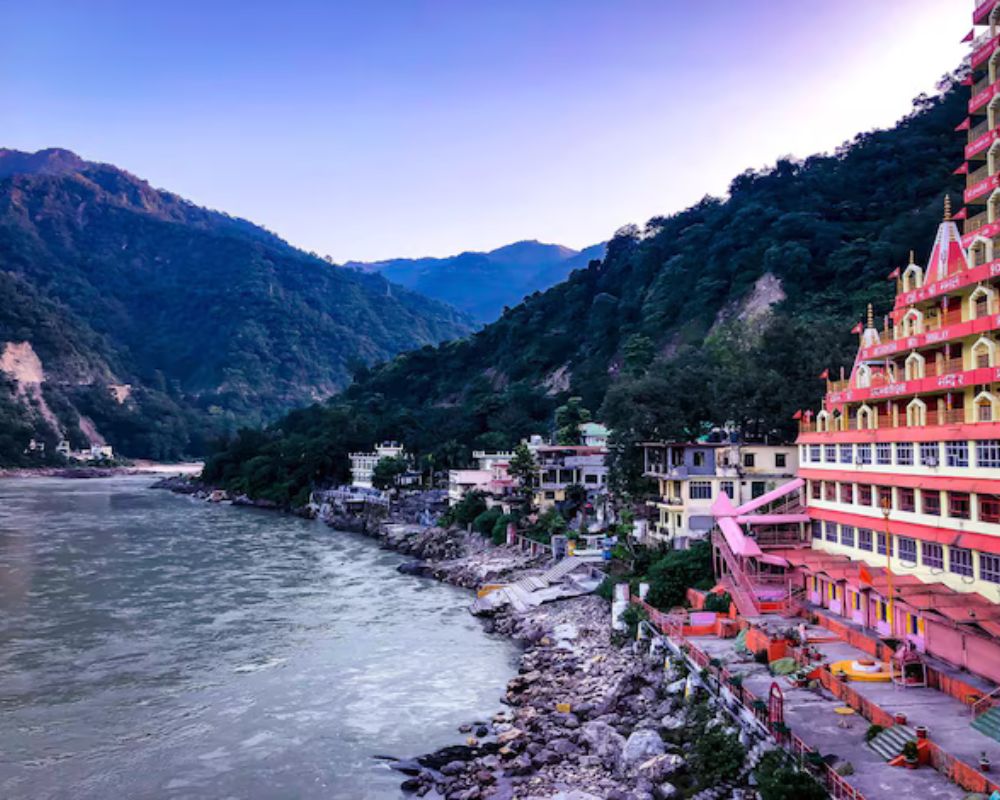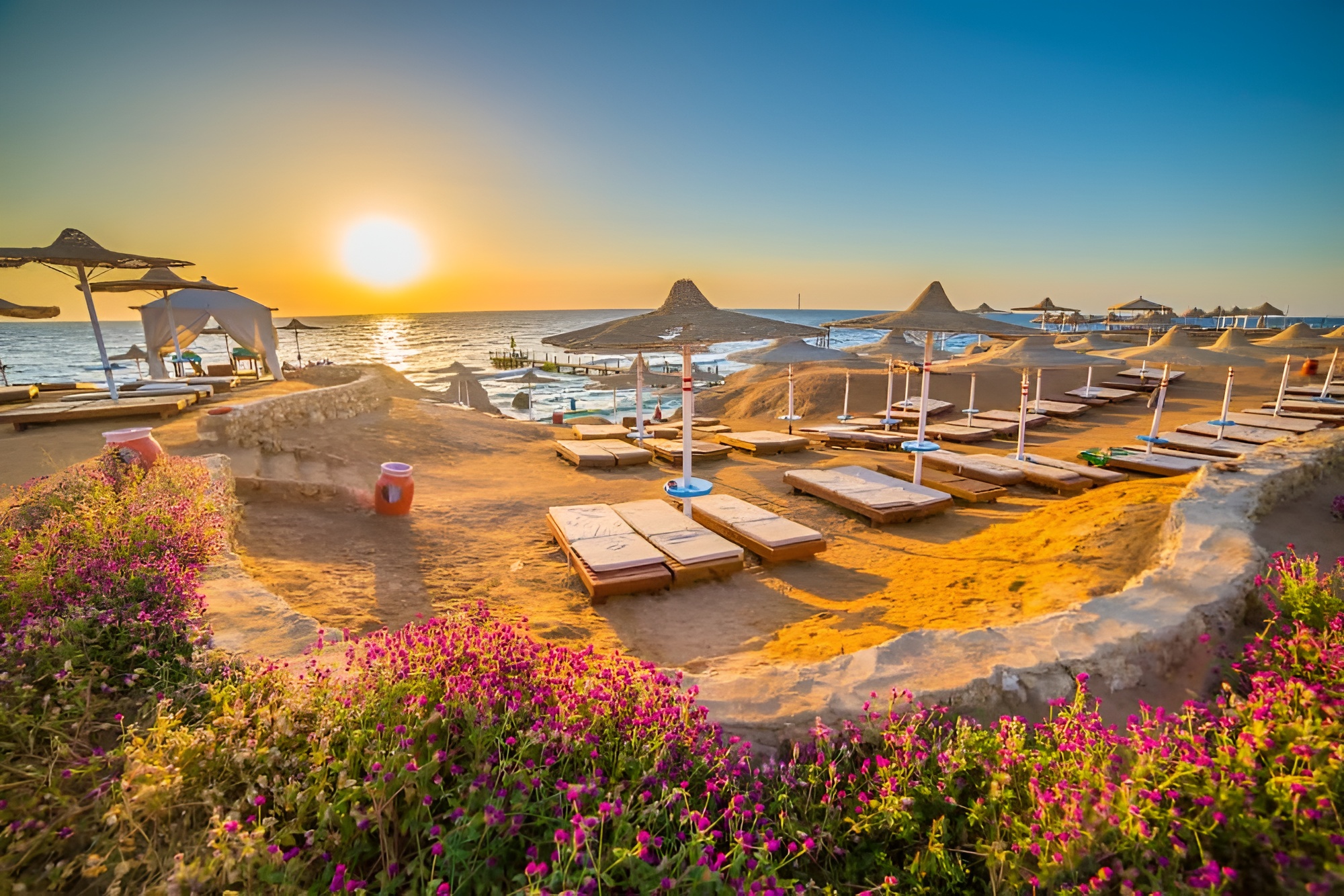The Triund Trek is a popular trekking destination in the Himachal Pradesh region of India. It offers trekkers a stunning blend of breathtaking landscapes and moderate difficulty. For many, this trek is a perfect introduction to the Himalayan ranges, presenting picturesque views of the Dhauladhar range and the Kangra Valley.
In this comprehensive guide, we will delve into everything you need to know about the altitude of Triund Trek, the best time to visit, and how this trek compares with other popular treks like Nag Tibba Trek, Hampta Pass Trek, Dayara Bugyal Trek, and Sandakphu Trek.
Triund Trek Altitude
The Triund Trek stands at an altitude of 2,850 meters (9,350 feet) above sea level. This moderate elevation makes it a feasible trek for beginners and seasoned trekkers. Starting from McLeod Ganj, the journey takes trekkers through dense forests, filled with oak, deodar, and rhododendron trees, gradually revealing the majestic Himalayan peaks.
The highlight of the trek is the Triund Hill, from where you get a panoramic view of the Dhauladhar mountain range and the sprawling Kangra Valley. Due to its moderate altitude, the trek does not demand heavy acclimatization, making it ideal for those new to trekking in the Himalayas.
Best Time to Visit Triund Trek
Choosing the best time to trek is crucial for maximizing your experience. While Triund Trek is accessible almost all year round, the ideal months are from March to June and September to December.
Spring (March to June)
During spring, the trail is alive with blossoming rhododendrons, and the temperature is pleasant, ranging between 10°C and 15°C during the day and slightly cooler at night. This season offers clear skies, making it perfect for photography enthusiasts.
Autumn (September to December)
In autumn, the monsoon rains have left the landscape lush and vibrant, with clear post-monsoon skies. Temperatures range from 5°C to 12°C, making it a cooler trek than the warmer spring months. It’s one of the best times to witness unobstructed views of the snow-clad Dhauladhar ranges.
Monsoon Season (July to August)
While trekking during monsoon is possible, it’s not recommended due to the slippery trails and the risk of landslides. The heavy rainfall makes the trek challenging, although some experienced trekkers may enjoy the lush greenery during this time.
Winter (January to February)
Winter trekking to Triund is for the adventurous. The temperature drops below freezing point, and the trail is often covered in snow, which makes it a completely different experience. However, winter trekking requires appropriate gear, including microspikes and warm clothing to combat the cold.
Trekking Experience: How Triund Trek Compares with Other Popular Treks
While the Triund Trek is often the go-to for beginner trekkers, there are several other popular treks in India that vary in difficulty, altitude, and landscape. Here’s how Triund compares with other well-known treks.
Nag Tibba Trek
The Nag Tibba Trek is another beginner-friendly trek located in the Garhwal region of Uttarakhand. Standing at an altitude of 3,022 meters (9,915 feet), it’s slightly higher than the Triund Trek. The major attraction of this trek is the Nag Tibba Peak, which offers 360-degree views of Swargarohini, Bandarpunch, and Kedarnath peaks. This trek is ideal for those looking for a weekend escape, as it can be completed in two days. While Nag Tibba offers more expansive views of the Garhwal Himalayas, Triund is known for its closer proximity to the bustling town of Dharamshala.
Hampta Pass Trek
The Hampta Pass Trek in Himachal Pradesh is a high-altitude trek that stands at 4,270 meters (14,100 feet), much higher than Triund. Known for its dramatic landscapes, this trek takes you from lush Kullu Valley to the stark, barren landscape of Spiti. While Triund is a great introductory trek, Hampta Pass is for those looking for more adventure, altitude, and contrasting terrain.
Dayara Bugyal Trek
The Dayara Bugyal Trek offers a different kind of trekking experience altogether. Situated at an altitude of 3,750 meters (12,300 feet) in Uttarakhand, it’s one of the best meadow treks in India. The vast green meadows are the star of this trek, especially during spring when they are adorned with wildflowers. Unlike Triund, which focuses more on mountain views, Dayara Bugyal is a trek for those who want to immerse themselves in alpine meadows and experience pastoral beauty.
Sandakphu Trek
The Sandakphu Trek is an exciting option for trekkers looking to see not just one, but four of the world’s highest peaks: Everest, Kanchenjunga, Lhotse, and Makalu. At an altitude of 3,636 meters (11,929 feet), it’s higher than Triund, and the trek takes you along the border of India and Nepal. The Sandakphu trek offers a more extended and challenging trek compared to the Triund, especially for those seeking to see some of the most iconic mountains on Earth.
Essential Tips for Triund Trek
- Carry adequate water: Though there are a few cafes along the route, it’s important to carry at least 2 litres of water to stay hydrated.
- Proper footwear: The trail can get rocky, so make sure to wear sturdy trekking shoes with good grip.
- Acclimatization: While Triund is not a high-altitude trek, it’s still important to pace yourself and take breaks to adjust to the elevation.
- Permits: No specific permits are required for Triund Trek, but it’s advised to check with local authorities for any new regulations.
- Camping: There are several camping spots at Triund. You can either carry your own tent or rent one at the site.
Conclusion
The Triund Trek is an excellent choice for anyone looking to experience the beauty of the Himalayas in a relatively short time. Its moderate altitude makes it accessible for beginners, while the stunning views of the Dhauladhar ranges and the peaceful camping experience attract seasoned trekkers alike.
If you’re looking to explore more trekking options, Nag Tibba Trek, Hampta Pass Trek, Dayara Bugyal Trek, and Sandakphu Trek are equally rewarding, each offering its unique challenges and landscapes. Whether it’s the vast meadows of Dayara Bugyal or the panoramic peaks of Sandakphu, the Himalayas have something for every trekker.



